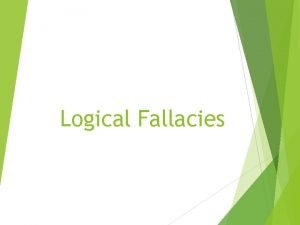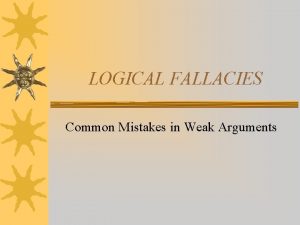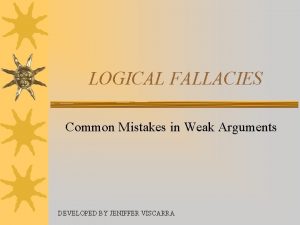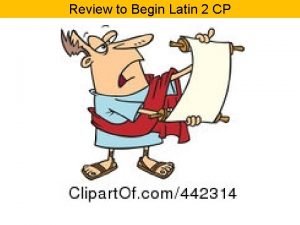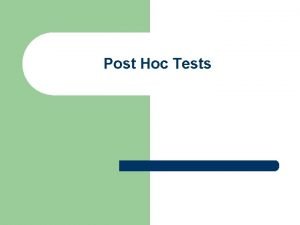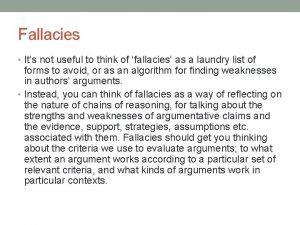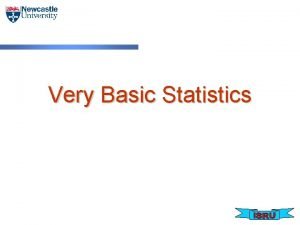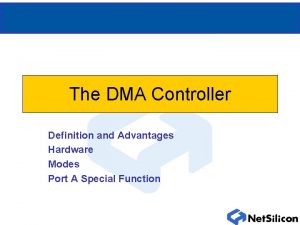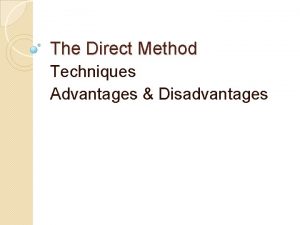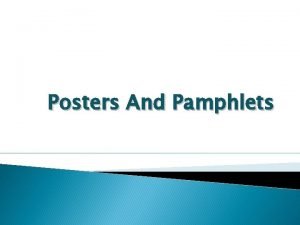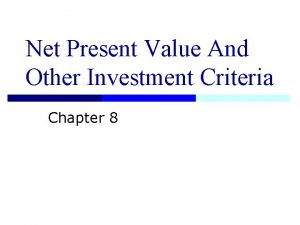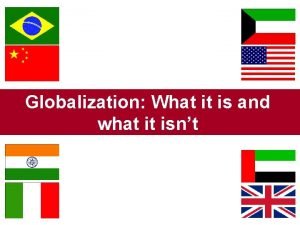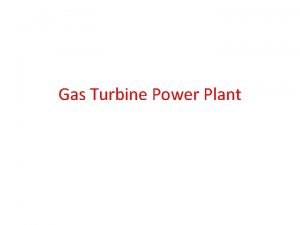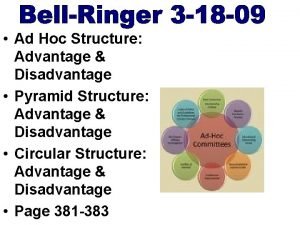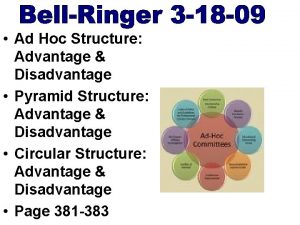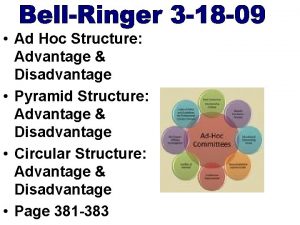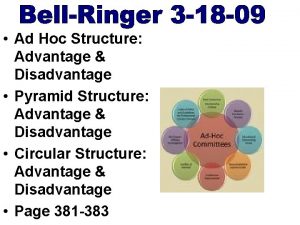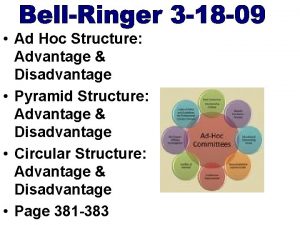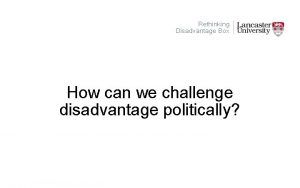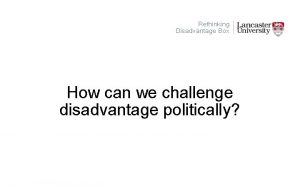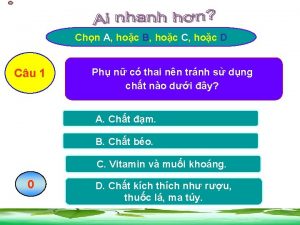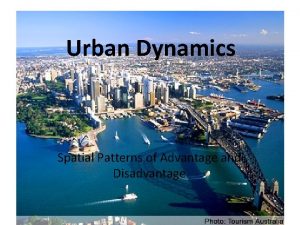Ad Hoc Structure Advantage Disadvantage Pyramid Structure Advantage
















- Slides: 16

• Ad Hoc Structure: Advantage & Disadvantage • Pyramid Structure: Advantage & Disadvantage • Circular Structure: Advantage & Disadvantage • Page 381 -383

• List the names of the different Cabinets?

• List and explain the THREE ways a president can say “NO” 1. Veto 2. Executive Privilege 3. Impoundment of Funds

• What is judicial review, and since 1789 how many federal laws have been judged unconstitutional? (438) • Explain the difference between a strictconstructionist approach and an activist approach used by judges when interpreting the Constitution. (439)

• FIRST HISTORICAL ERA OF THE SUPREME COURT 1. NATIONAL SUPREMACY & SLAVERY • Supreme Court Case 1: Mc. Culloch v. Maryland (1819) • What was Mc. Culloch v. Maryland about? (pages 55 -56) • What was the Supreme Court’s decision in Mc. Culloch v. Maryland ? (page 441) • Did the decision support national supremacy or state’s rights and why? • Supreme Court case 2: Dred Scott v. Sanford, (1857) • What was this case about? (page 442) • What was the Court’s decision? (442) • Did the decision promote National Supremacy or States Rights and Why? (442)

• Structure of the Federal Courts (446) – What is a constitutional court? – What are the two most important of the constitutional courts & Define them – What is a legislative court?

• What shapes court decisions other than ideology? • Do Supreme Court Justices always act the way the president wants? Give an example to back up your opinion. • Pages 446 -447

• Explain the legal basis for the federal court’s jurisdiction over cases. Explain the different kinds of cases that can be heard by the federal court. (448 -450)

• What is writ of certiorari? • Give the two reasons why the Supreme Court may grant a “cert”. • Page 450

• Explain the concept of “standing” in terms of bringing a case to court. • List the THREE complex and changing set of rules that govern “standings”. • Page 452

• What is sovereign immunity? • What is a class-action suit? • How long is the Supreme Court in session? (454) • Can use your Power Point or 452 -454

• What is per curiam opinion mean? • Explain the three kind of U. S. Supreme Court opinions. – Opinion of the Court – Concurring Opinion – Dissenting Opinion

• What do those who support judicial activism say? • What do the “critics of judicial activism” say”? • Page 459 or use your power point

• Complete Vocabulary sheet by end of class. • All words can be found in the gold boxes. • Will be stamped at end of class

• What does deficit mean? • What does national debt mean? • Why doesn’t the federal government ever declare bankruptcy? • What are the TWO ways our government can reduce our total national debt? • Pages: 492 -494

• What is Monetarism? • What is Keynesianism? • What is economic planning? • What is Supply-Side Tax Cuts? • Pages 497 -498
 Post hoc ergo propter hoc fallacy
Post hoc ergo propter hoc fallacy False comparison fallacy
False comparison fallacy Post hoc ergo propter hoc
Post hoc ergo propter hoc Straw man fallacy examples
Straw man fallacy examples Post hoc ergo proter hoc
Post hoc ergo proter hoc Hic haec hoc latin chart
Hic haec hoc latin chart Studentized range statistic
Studentized range statistic Post hoc ergo procter hoc
Post hoc ergo procter hoc How to introduce advantages and disadvantages in an essay
How to introduce advantages and disadvantages in an essay Advantage and disadvantage of variance
Advantage and disadvantage of variance What is threaded binary tree
What is threaded binary tree Advantage of dma
Advantage of dma Disadvantages of direct method
Disadvantages of direct method Advantage of posters
Advantage of posters Advantage and disadvantage of npv
Advantage and disadvantage of npv Disadvantages of globalization
Disadvantages of globalization Gas turbine power plant advantages and disadvantages
Gas turbine power plant advantages and disadvantages
